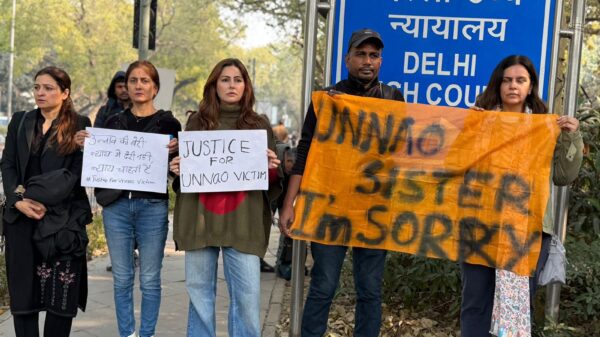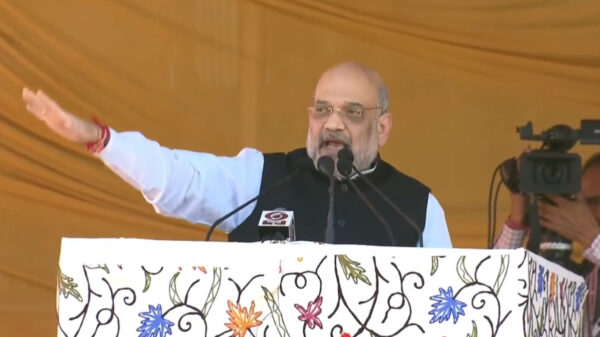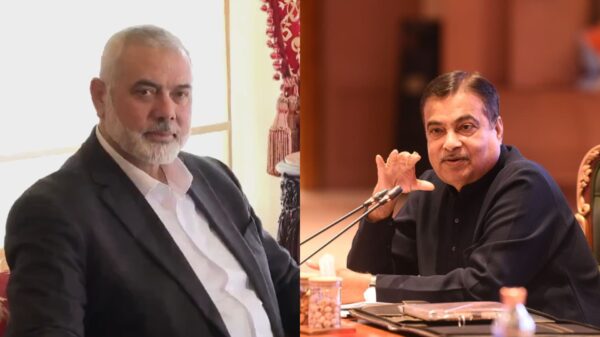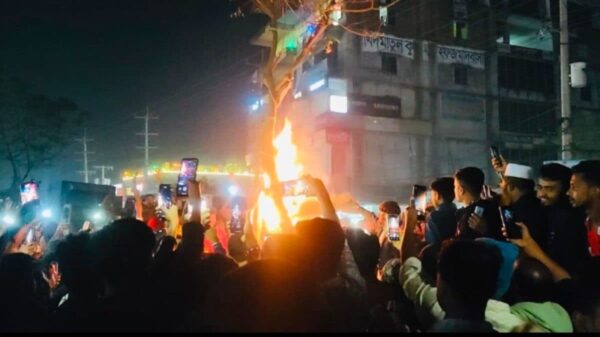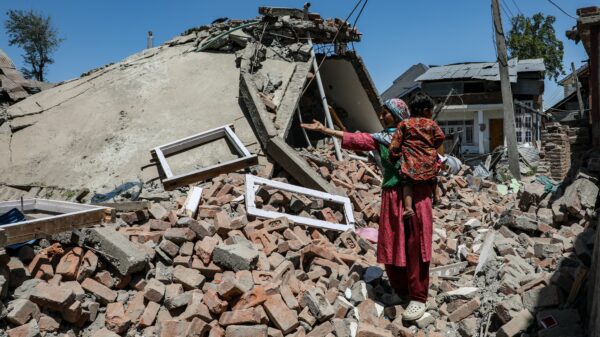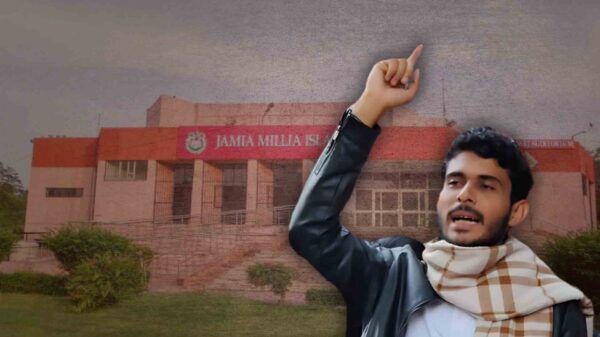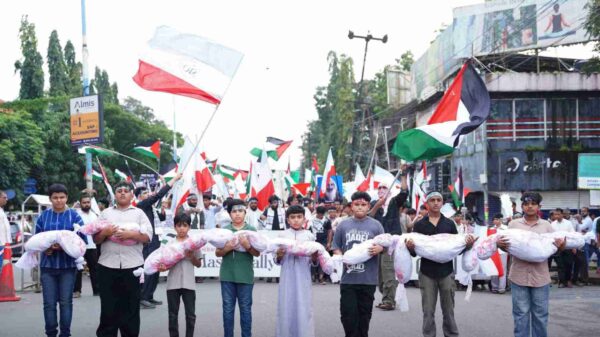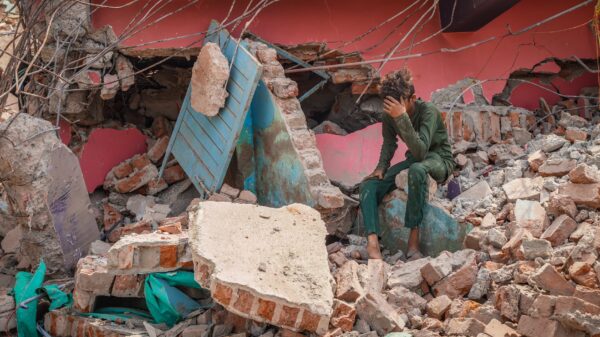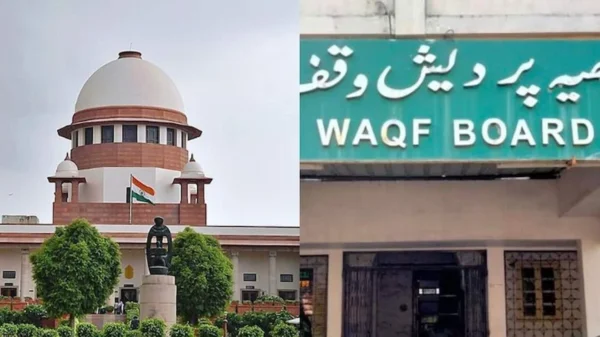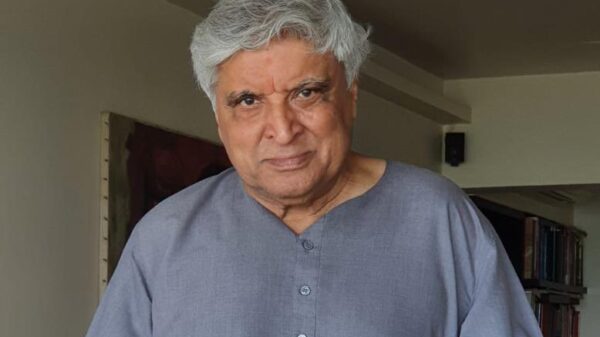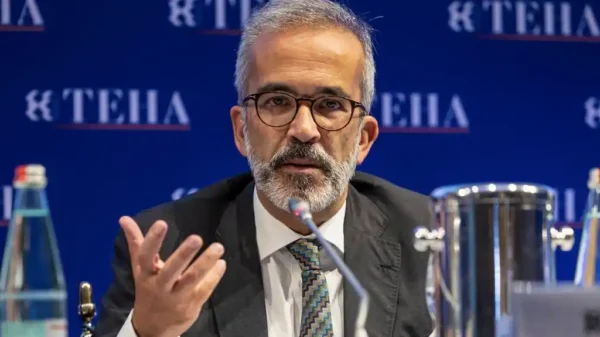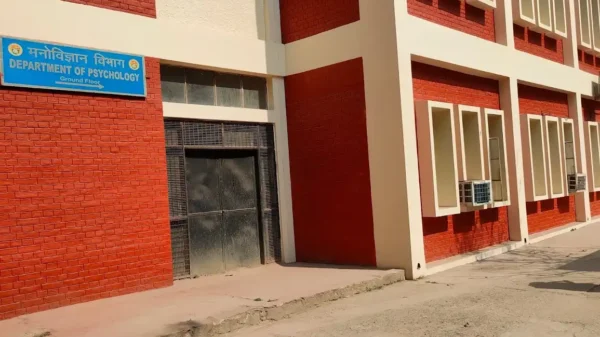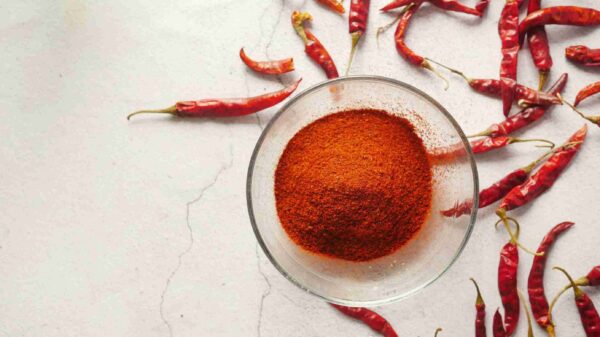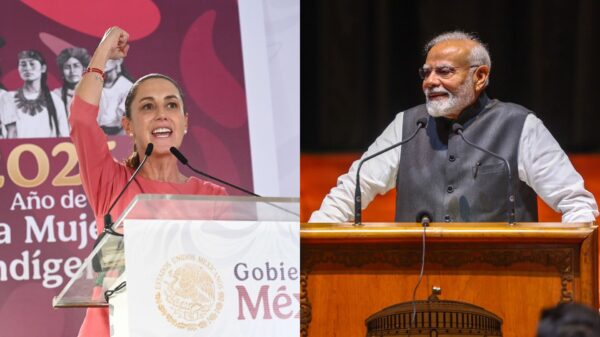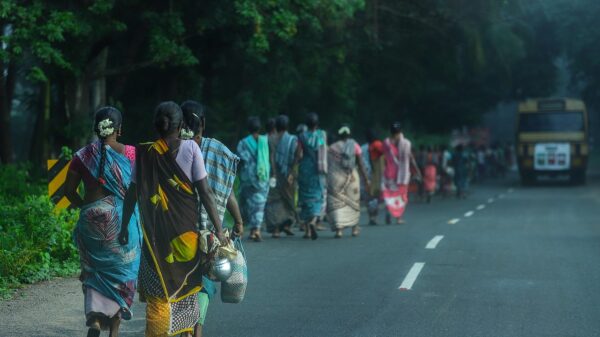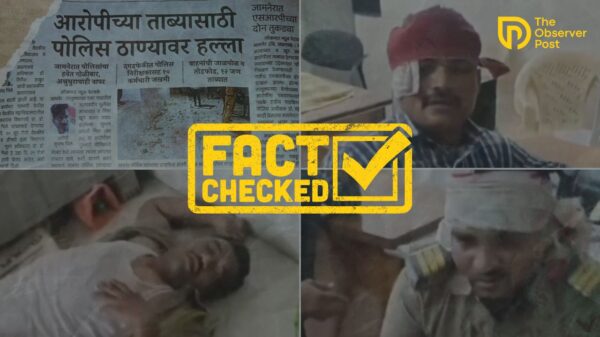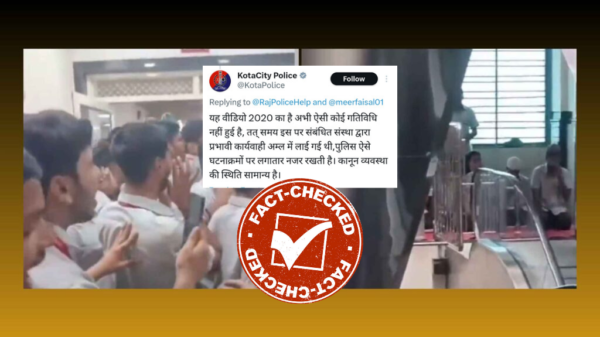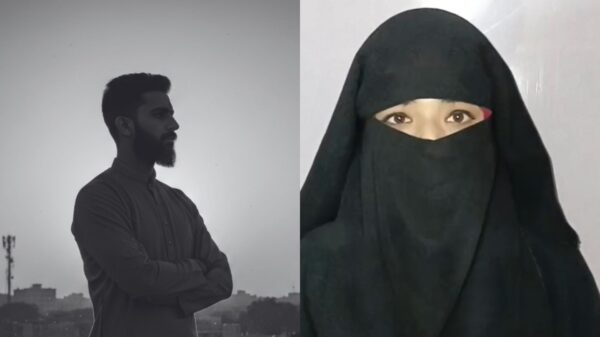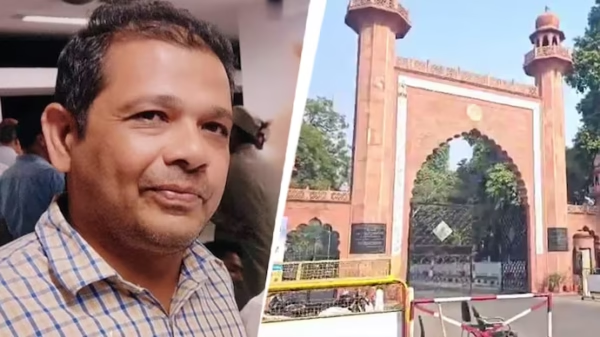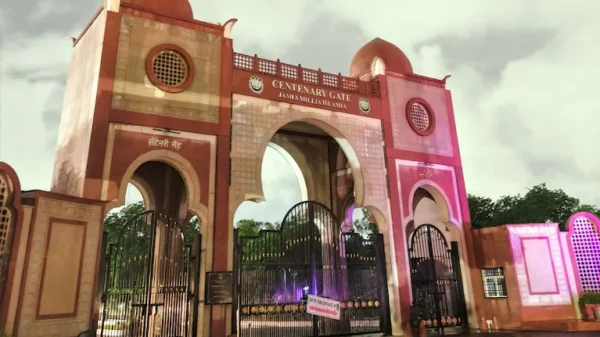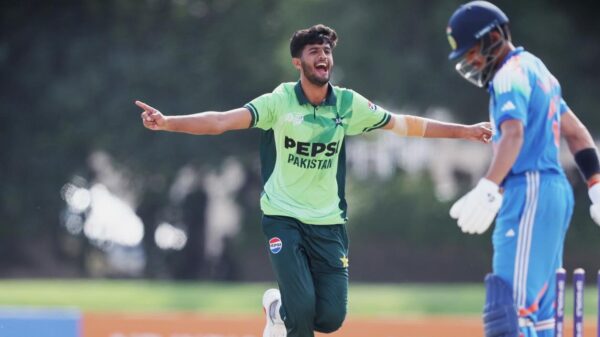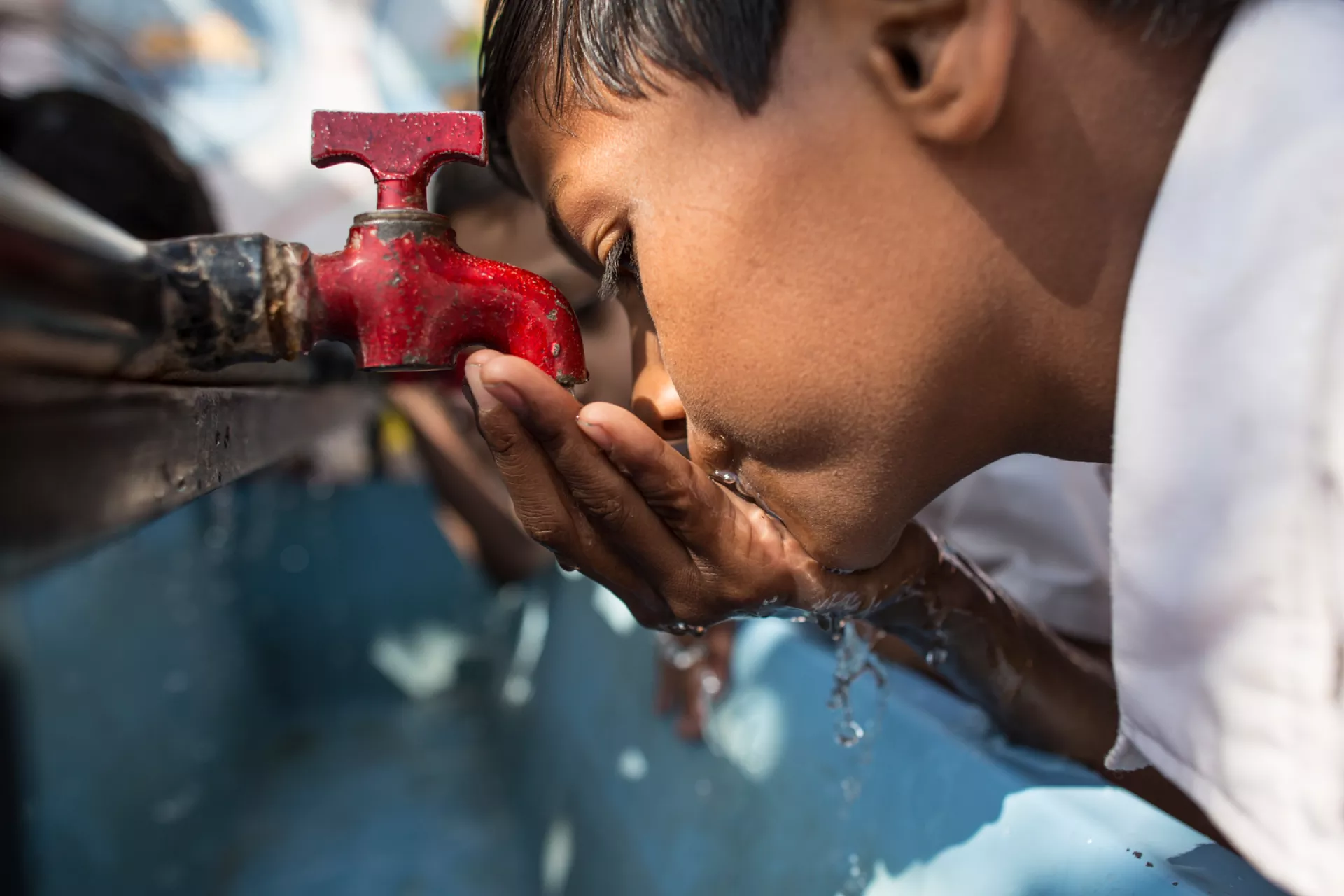The government has said that approximately 5.33 crore rural households are yet to receive tap water connections under the ‘Har Ghar Jal’ mission, aimed at providing every village household with tap water by 2024. The data, obtained through a Right to Information (RTI) application, highlights disparities among states.
Since the launch of the Jal Jeevan Mission in the last four-and-a-half years, 13.91 crore rural homes out of a total of 19.25 crore have received tap water connections by December 25, 2023. However, the situation remains dire in Rajasthan, Jharkhand, and West Bengal, where tap water coverage is low at 45.33%, 47.57%, and 40.69%, respectively.
The Ministry of Drinking Water and Sanitation said that the responsibility for planning, design, and implementation of drinking water supply schemes lies with the states. While progress has been made, around 28% of rural households are still awaiting tap water connections.
As of August 15, 2019, only 16.81% of villages had tap water, a figure that has risen to 72.29% by December 25, 2023. Despite this improvement, the challenge persists in achieving the mission’s objectives within the set timeframe.
The government spent Rs 9,951 crore in 2019-20, Rs 10,916 crore in 2020-21, Rs 40,010 crore in 2021-22, Rs 54,744 crore in 2022-23, and Rs 47,293 crore in 2023-24 to provide tap water connections in rural areas.
States and Union Territories like Goa, Haryana, Punjab, and others have achieved 100% tap water connections. However, states like Mizoram, Arunachal Pradesh, Bihar, and Ladakh, among others, have made significant progress with over 75% tap water connections.







